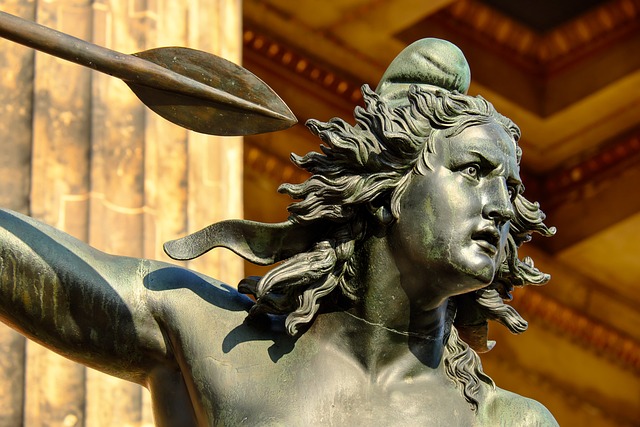Unveiling the Beauty of Patina: A Sculptor’s Guide
As a sculptor, the materials you choose are not just tools; they are extensions of your artistic vision. Among these materials, copper and bronze stand out, not just for their malleability but for the enchanting effect of patina that evolves over time. Patina, a natural reaction of metal with its environment, transforms your sculpture into a living artifact, imparting character, depth, and history.
The Allure of Imperfection
In a world that often prizes perfection, the beauty of patina lies in its imperfection. Each sculpture that bears the kiss of time tells a unique story through its surface. Whether it’s the subtle hints of green from copper oxidation or the deep earthy tones of weathered bronze, patina captures the essence of change and resilience. There’s a profound sense of connection in witnessing the gradual evolution of your creation.
Embracing Nature’s Palette
When you allow patina to develop naturally, you’re inviting a canvas of colors and textures that no studio technique can replicate. The environmental factors—humidity, sunlight, and even pollutants—contribute to varying shades and patterns on the surface of your sculpture, essentially making each piece a collaborative work of art between you and nature. This organic transformation is a reminder that true beauty often lies in the journey rather than the destination.
Techniques for Achieving Patina
While many artisans embrace the natural aging process, there are also techniques to accelerate patina development. Here are a few methods to explore:
- Ammonia Fumes: A gentle exposure to ammonia fumes can create beautiful green patinas on copper.
- Vinegar and Salt: A mix of vinegar and salt can expedite surface reactions, yielding vibrant hues.
- Cold Patination: Using specific chemical solutions allows for precise control over color and texture.
Your choice of method can significantly influence how your sculpture resonates with viewers. The tactile and visual impact of patina invites interaction, encouraging people to not only observe but also connect on a deeper level with your work.
Preserving the Beauty of Patina
Understanding how to preserve and protect patina is essential for any sculptor. While the natural patina is a testament to the passage of time, certain protective measures can help maintain its charm. Applying a clear wax or sealant can safeguard against environmental damage while allowing the unique characteristics to shine through.
A Journey in Experimentation
As you delve into the world of patina, remember that each experiment—successful or not—is an integral part of your artistic journey. Let yourself be vulnerable in your exploration, allowing mistakes to teach you, and revel in those serendipitous moments where unexpected beauty emerges.
In the realm of sculpture, the magic of patina reminds us that art is not just about the final piece displayed in a gallery; it’s about the stories woven into the fabric of each creation through time, technique, and nature. Embrace the process, cherish the transformation, and watch as your sculptures resonate with an unparalleled beauty that only the passage of time can bestow.



